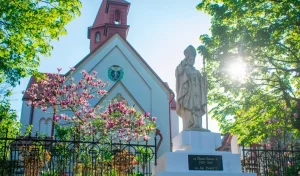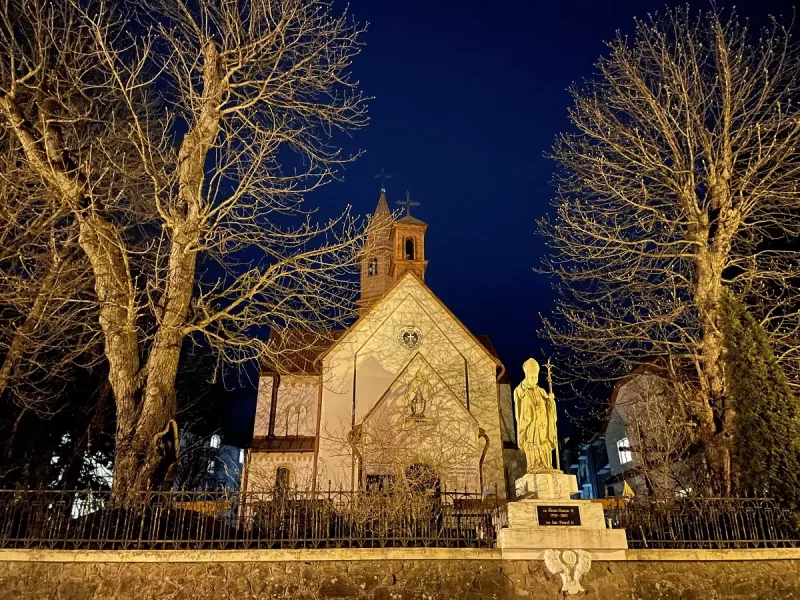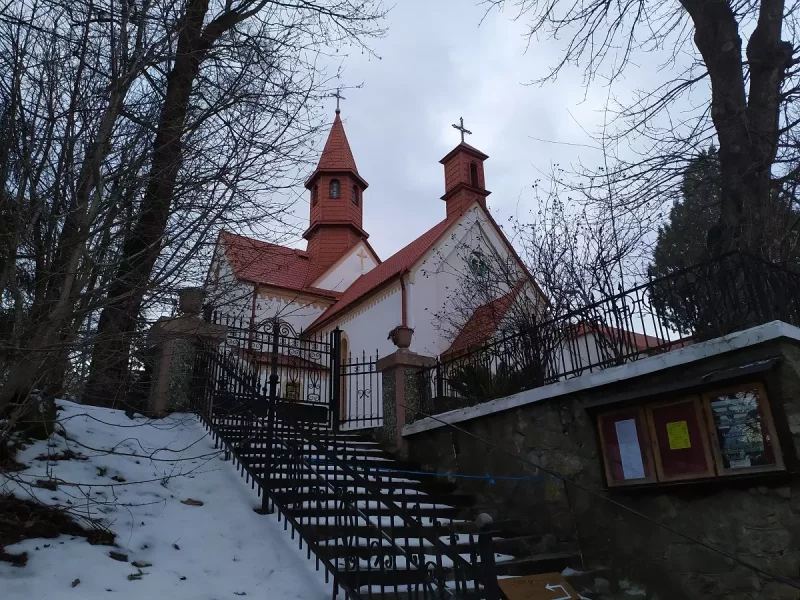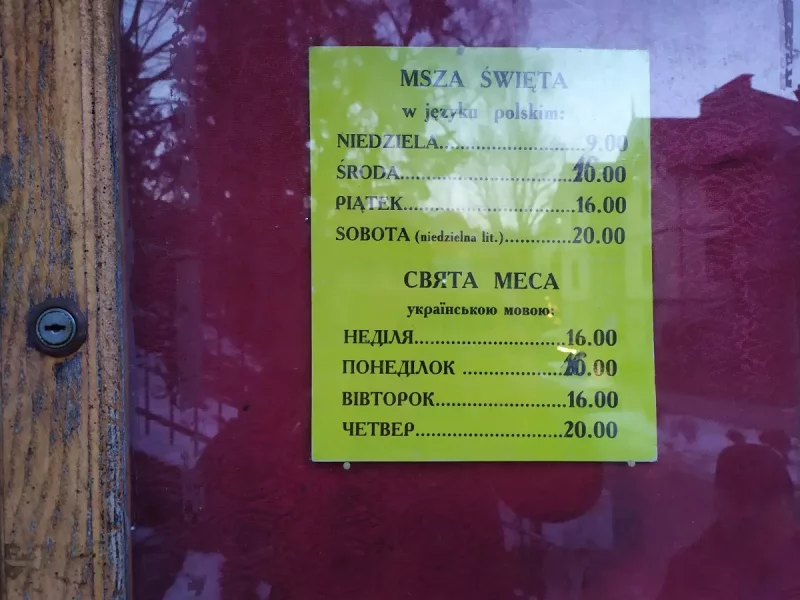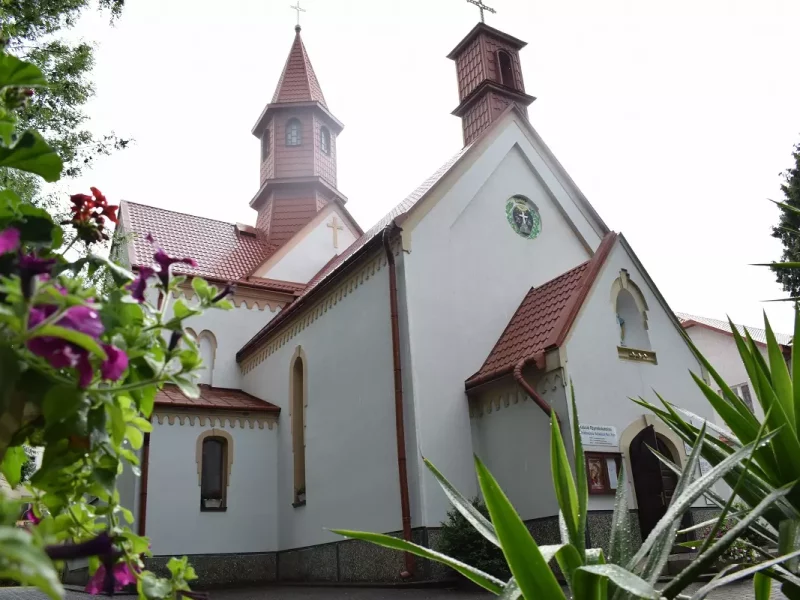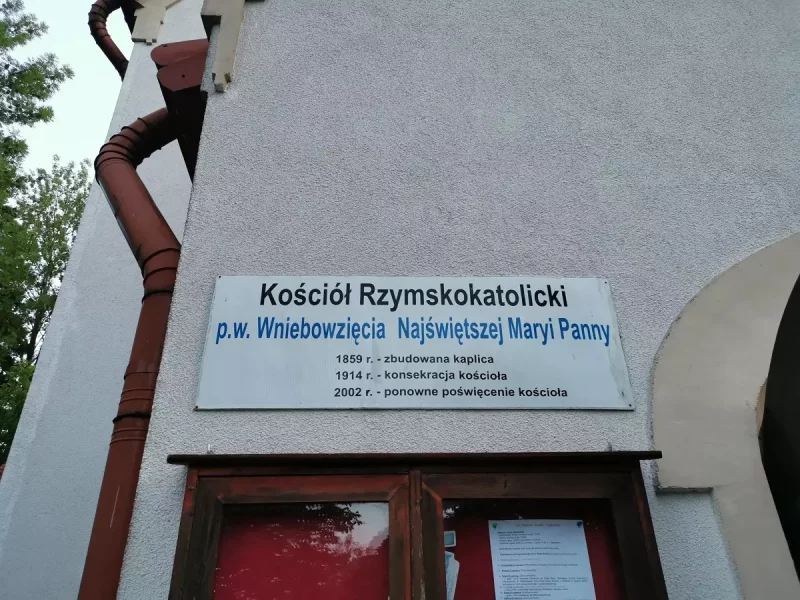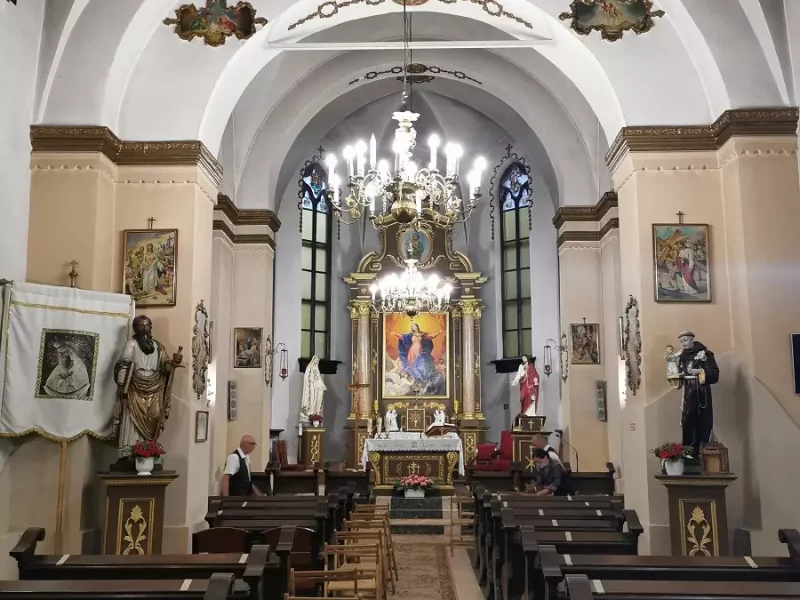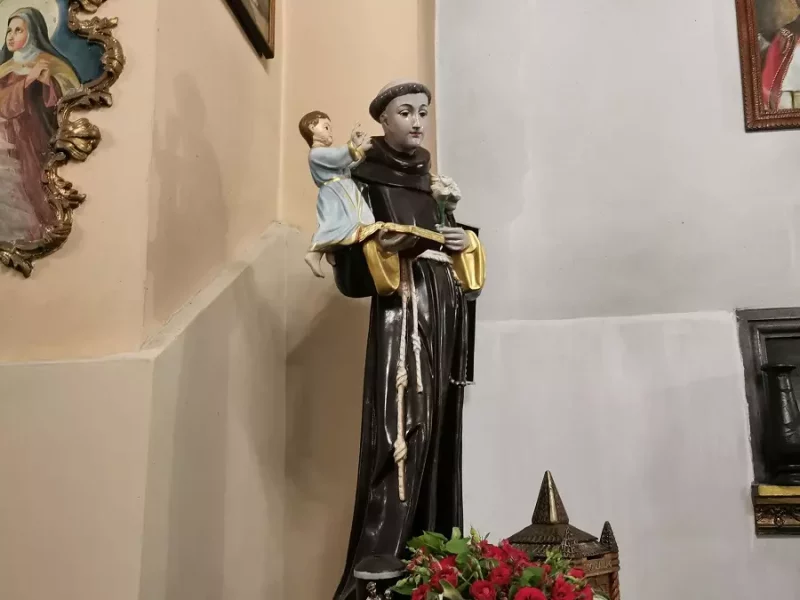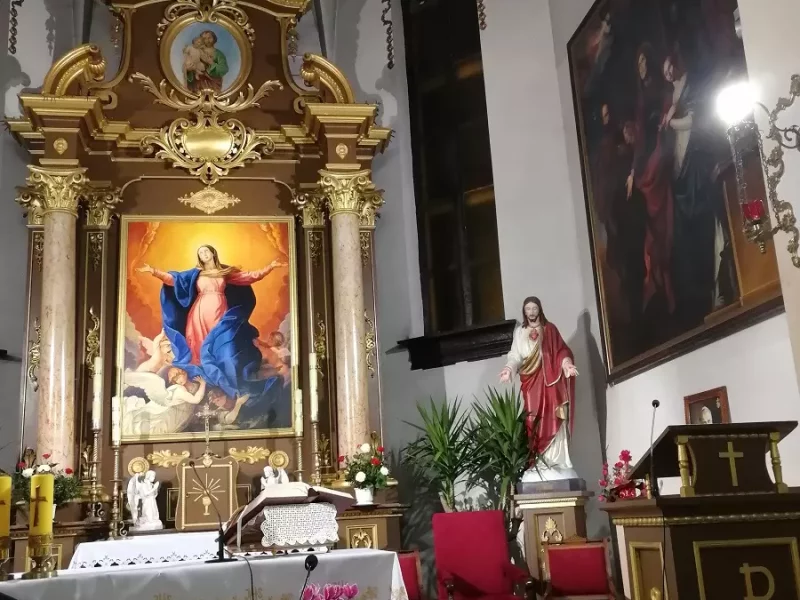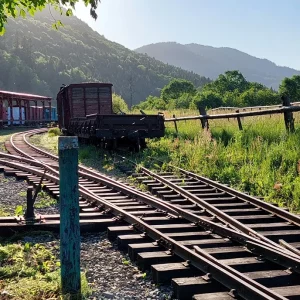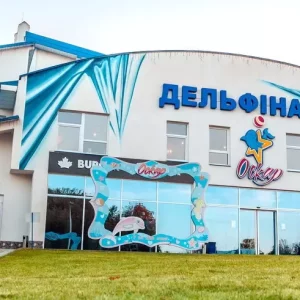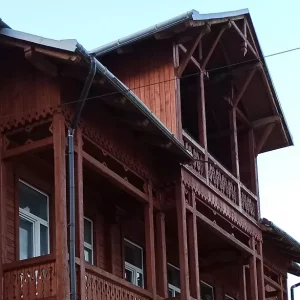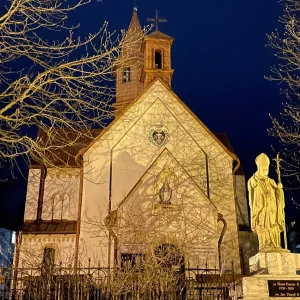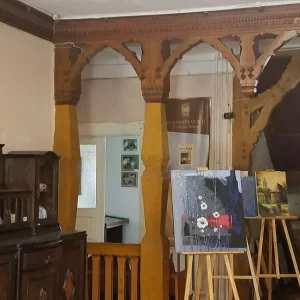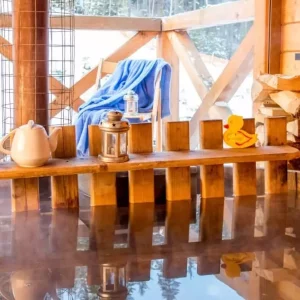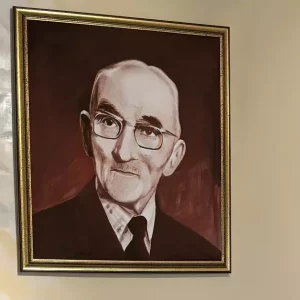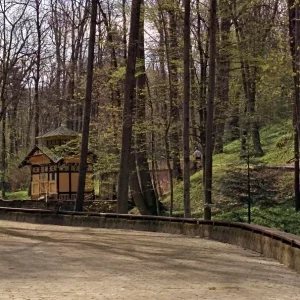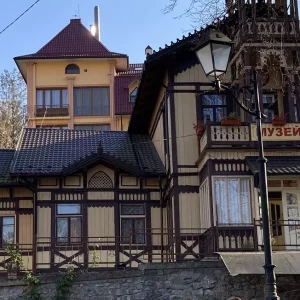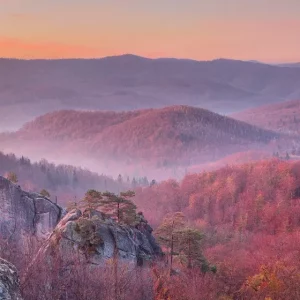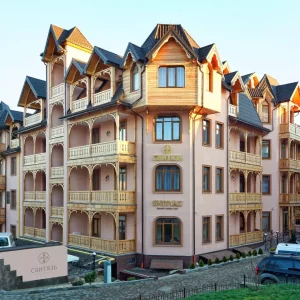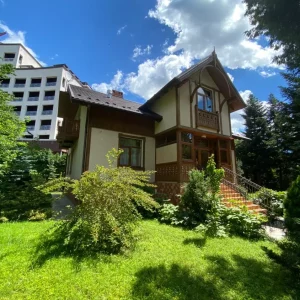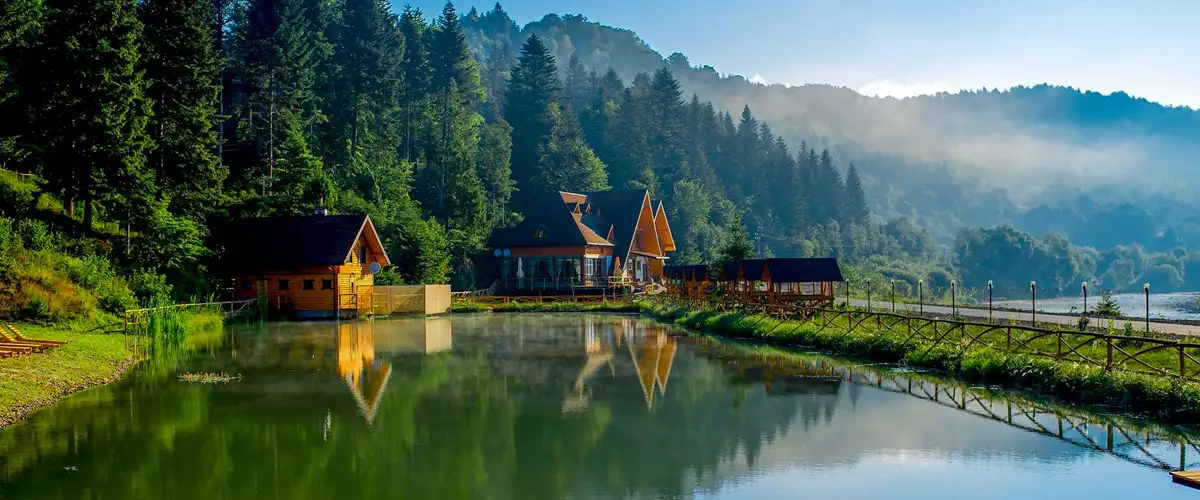A brief history of the church in Truskavets
In the nineteenth century, in addition to local Roman Catholics, there were many holidaymakers in the Truskavets resort who wanted to be able to visit the church during their stay in the city. To meet the religious needs of the Roman Catholic community, a chapel was built in Truskavets in 1858 according to the design of Adolf Kuhn. The construction was funded by money collected from holidaymakers. The chapel was consecrated in honour of St Kunegunda, who is considered the patron saint of salt mines and mines. After its consecration in 1859, the chapel could accommodate up to 50 worshippers at a time. Over time, the chapel was expanded, and after construction work in 1912-1913, it became a large church for 300 people. The main façade of the sanctuary was decorated with a stone sculpture of the Mother of God created by the sculptor Cyprian Godebski. In 1935-1937, a plebiscite (priest’s house) was built next to the church. The author of the project was Tadeusz Jarosz.
In Soviet times, the church was forcibly closed. At that time, it housed a huge collection of valuable paintings by French, Spanish, and Italian artists, consisting of 73 canvases donated to the church by holidaymakers. All these paintings were stolen by the Soviet authorities. The same fate befell the stained-glass windows and gilded figures of the shrine.
The valuable architectural monument became the property of the local Taras Shevchenko collective farm. Initially, the church was used as a potash fertiliser warehouse, which led to the destruction of the interior of the shrine. Later, a planetarium was built in the church.
Only after Ukraine gained independence in 1994 was the church returned to the Roman Catholic community of Truskavets. Restoration work on the church lasted until 2002, after which the restored church was consecrated in honour of the Assumption of the Blessed Virgin Mary.
In 2014, a ceramic monument to Pope John Paul II was erected on the territory of the church’s facade foundation, designed by Pavlo Bondar and Vasyl Zdrenyk. It became almost the only ceramic monument in the Lviv region.
